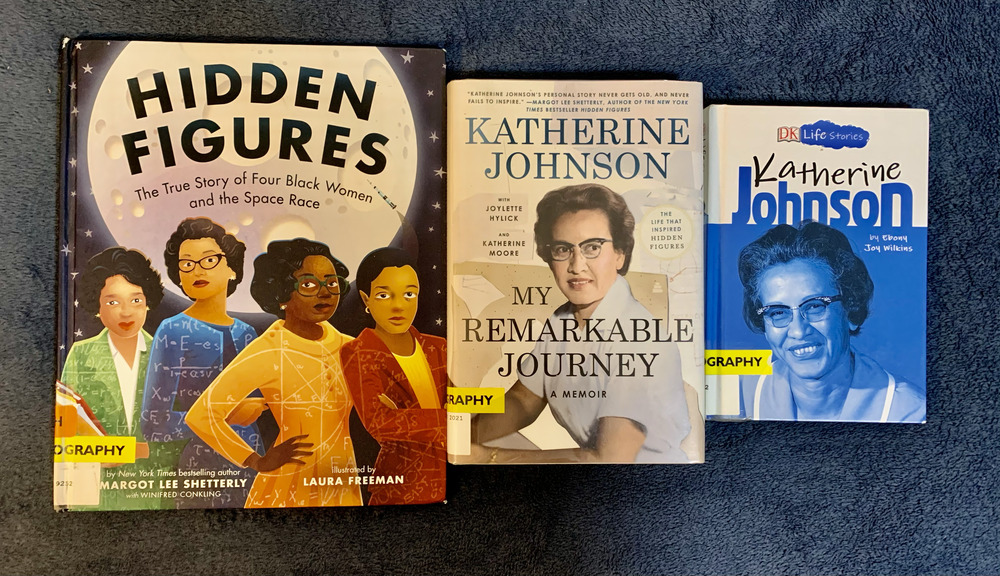Commemorating the vital contributions of Katherine Johnson, one of the first black women to work for NASA.
On July 16th, 1969, at 8:32 AM, the course of American history was forever changed as people across the globe tuned in to view the launching of the Apollo 11 from Cape Kennedy, with the ambitious goal of landing three U.S astronauts on the moon. This “one small step for man, one big leap for mankind” would have never manifested if it were not for the contributions of one brilliant woman.
Born in White Sulphur Springs, West Virginia on August 26, 1918, Katherine Johnson, born Katherine Coleman, would accomplish a more than impressive resume. Johnson’s fondness of numbers and high intelligence would catapult her to high school by age 10, later graduating with a bachelor’s degree in Mathematics and French, earning highest honours from West Virginia State College.
In 1953, Johnson was hired by the National Advisory Commission for Aeronautics, NACA, at the Langley Laboratory in Newport News, West Virginia. She worked at the West Area Computing Unit, composed of African-American women tasked with manually performing complex mathematical calculations to provide to NACA engineers. The unit was headed by Dorothy Vaughn, and was also where Mary Jackson, the first African-American female engineer to work at NASA was initially hired. Both women are known for their remarkable contributions to early U.S space exploration.
NACA, before 1958, was segregated, prohibiting Black women from using the same washrooms or dining facilities as their white coworkers. This lasted until 1958, when NACA was officially incorporated into the National Aeronautics and Space Administration, NASA, which had prohibited segregation.
Johnson became a vital member of NASA’s Space Task Group, and in 1960, she became the first woman in her department to be credited for co-authoring a research report. The report was closely written with NASA engineers, detailing the calculations needed to send a spacecraft into orbit.
Johnson would go on to contribute her expertise to various projects at NASA, including calculating the trajectory of the Freedom 7 in 1961, allowing for the first U.S astronaut to be launched into space. Computers were later introduced to compute mathematical calculations, which were used to plan the launch of the Friendship 7. However, astronaut John Glenn was weary of trusting the electronic computing device, requesting NASA engineers to “get the girl” to double check the calculations. Johnson went on to manually compute all the necessary calculations herself to ensure no hiccups occurred during Glenn’s flight. Johnson would later recall Glenn telling engineers “if she says the numbers are good, I’m ready to go”. The launch of the Friendship 7 was a success and Glenn became the first U.S astronaut to orbit the Earth.
Out of all of Johnson’s accomplishments’, her most well known feat was her contribution to the calculations needed to sync the Project Apollo Lunar Module to the Apollo Command and Service Module, which would ensure safe exit and re-entry of the Apollo spacecraft into Earth’s atmosphere. These calculations were pivotal to the determination of where and when the Apollo 11 was to be launched, which allowed for the successful landing of the first three astronauts to ever set foot on the moon.
Johnson had retired from NASA in 1986 and would live up until the age of 101, passing away on February 24th, 2020. Thanks to her brilliant work, she had won and been nominated for a multitude of awards, including the Presidental Medal of Freedom awarded to her in 2015, by former U.S president Barack Obama. In 2016, NASA would honour her legacy by naming a building the Katherine G. Johnson Computational Research Facility. The same year saw the publication of the book Hidden Figures: The American Dream and Untold Story of The Black Women Mathematicians Who Helped Win The Space Race, detailing the contributions of Katherine Johnson, Mary Jackson and Dorothy Vaughn that allowed for the success of various U.S space exploration programs. The book would later be adapted by 20th Century Fox into a movie, called Hidden Figures, that generated over 200 million dollars at the box office.
While Johnson would become the poster girl of the early days of NASA, it is worth remembering that the United States would have never seen such success in the Space Race had it not been for the tens of African-American women who worked in the West Area Computing Unit. These women worked tirelessly, very few receiving any recognition at all and forced to tolerate racism and sexism in the workplace; nevertheless, these women still came in and gave their all. It is thanks to women like Katherine Johnson, Mary Jackson, Dorothy Vaughn and all the women who worked in the West Area Computing Unit, that space exploration and research has come such a long way, with their contributions proving that the sky is not the limit.
